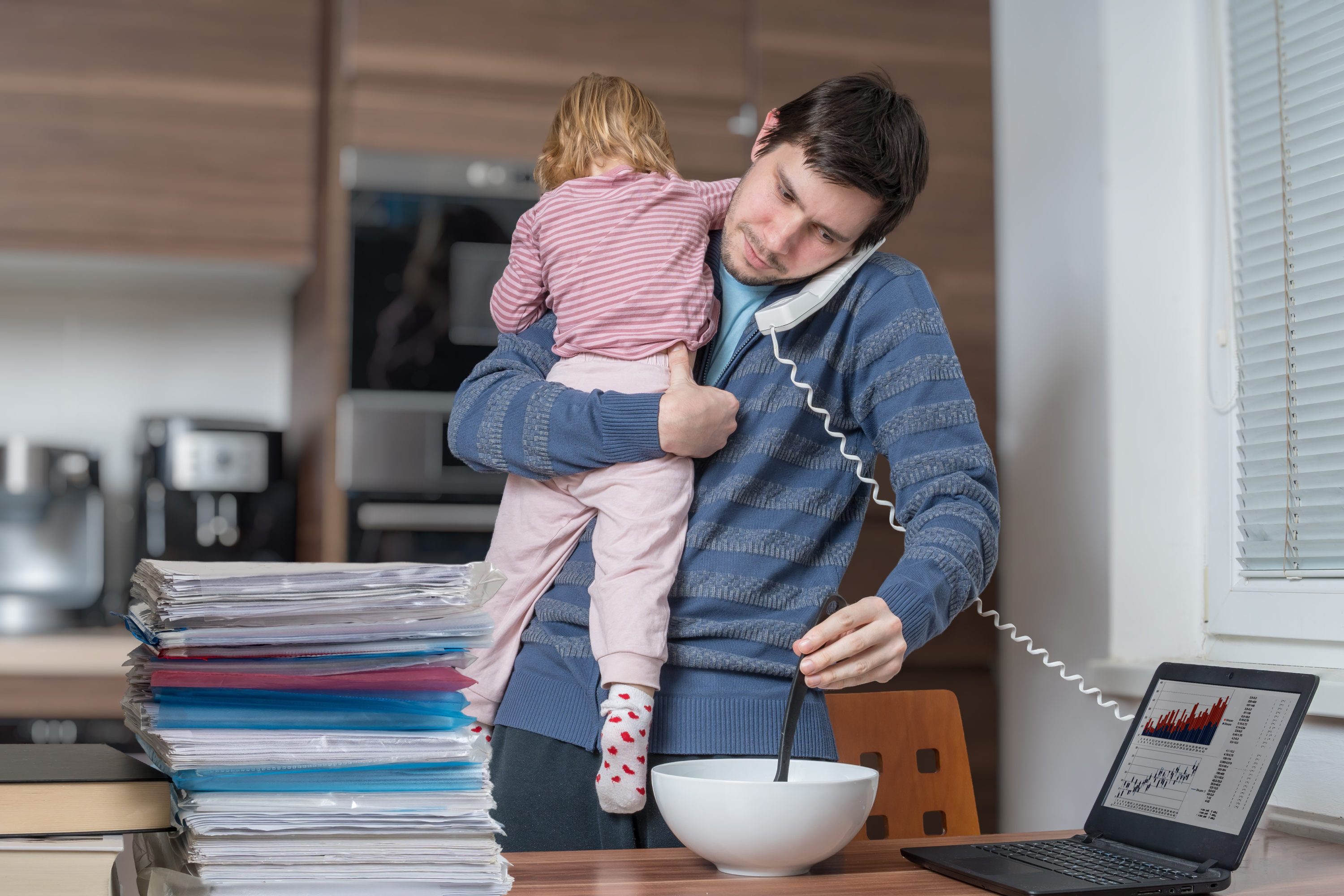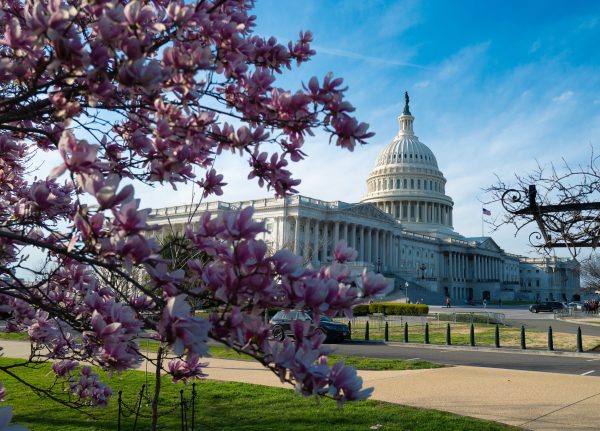Congress passed and the president signed into law the Families First Coronavirus Response Act on March 18. The law allows employees time to care for themselves or loved ones and includes provisions for new tax credits to offset employers’ costs. But the immediate need to pay employees on leave may still be difficult for organizations struggling with revenue losses.
Immediate time off
The law affects employers with fewer than 500 employees. Under specified circumstances, these organizations must provide 80 hours of paid sick leave for full-time employees. Part-time employees need to be provided paid sick leave for the average number of hours worked over a two-week period.
An employee qualifies for the leave when he or she is unable to work — or telework — because of circumstances related to the coronavirus. These include:
- Experiencing symptoms and pursuing medical treatment,
- Being subject to a quarantine/isolation order or advisement,
- Caring for someone under a quarantine/isolation order, or
- Caring for a child whose school or daycare has been closed because of the outbreak and no alternative care is available.
An employee’s service time doesn’t affect whether he or she may take the leave, and employers aren’t allowed to stipulate that employees must use other paid leave before the paid sick time.
When leave is taken for an employee’s own illness or quarantine, employers generally must pay the employee at his or her regular rate, though no higher than $511 per day up to a total of $5,110. When taking leave to care for someone else or under other permitted circumstances, pay must be remitted at two-thirds of the regular rate, with maximums of $200 per day and $2,000 total.
Longer term leave
The law requires applicable employers to provide employees with service time of at least 30 calendar days (including those working under multiemployer collective agreements and whose employers pay into a multiemployer plan) with up to 12 weeks of job-protected leave, a portion of which must be paid. (This is an amendment to the Family and Medical Leave Act.)
The leave is to be provided for employees who can’t work — or telework — because of a need to care for a minor child whose school or daycare has been closed or is otherwise unavailable because of the coronavirus. The first 10 days of the leave may be unpaid, though the 10 days might qualify for paid sick leave as described above. After 10 days, applicable employers must provide paid leave at two-thirds of an employee’s usual rate up to a maximum of $200 per day and $10,000 total per employee.
Note that certain exemptions and special rules may apply regarding both short- and long-term leave, and the U.S. Department of Labor will likely issue guidance in the coming days or weeks.
Assess the impact
The Families First Coronavirus Response Act takes effect April 2, but the DOL has announced a “temporary period of non-enforcement” for the first 30 days thereafter.
____________________________________
We highly recommend you confer with your Miller Kaplan advisor to understand your specific situation and how this may impact you.



